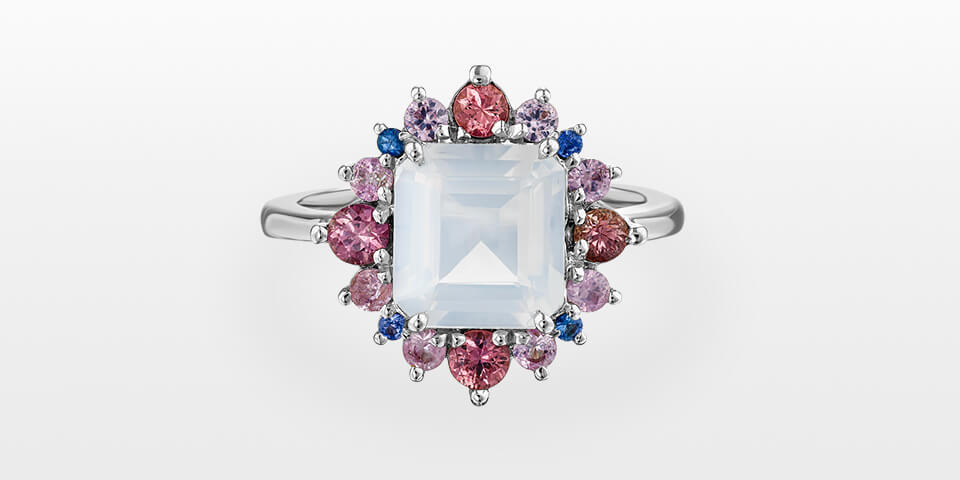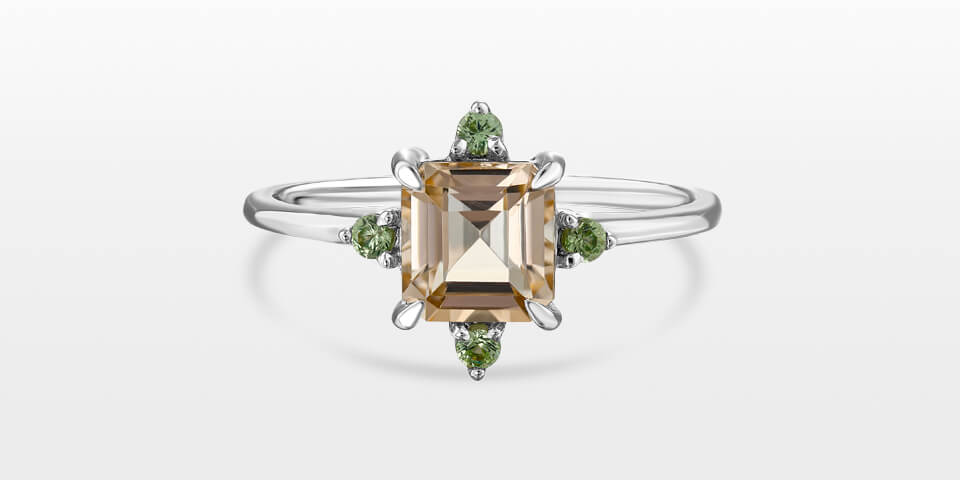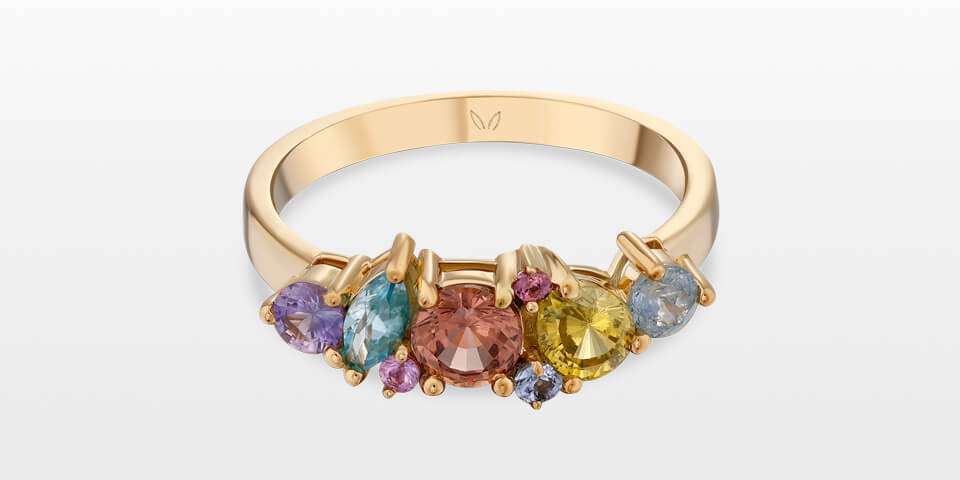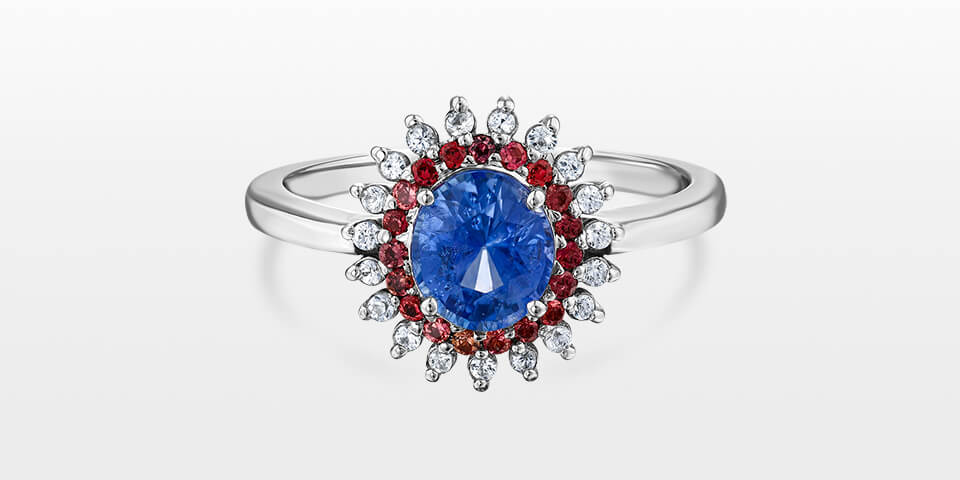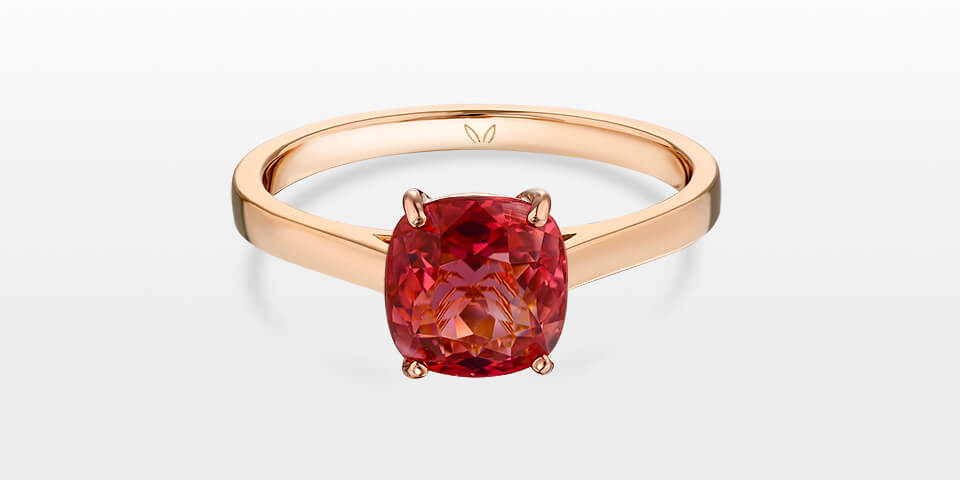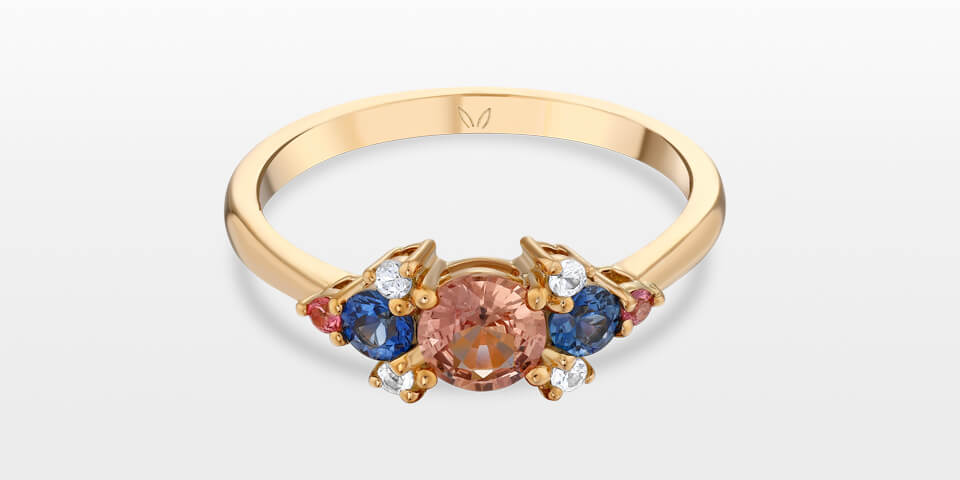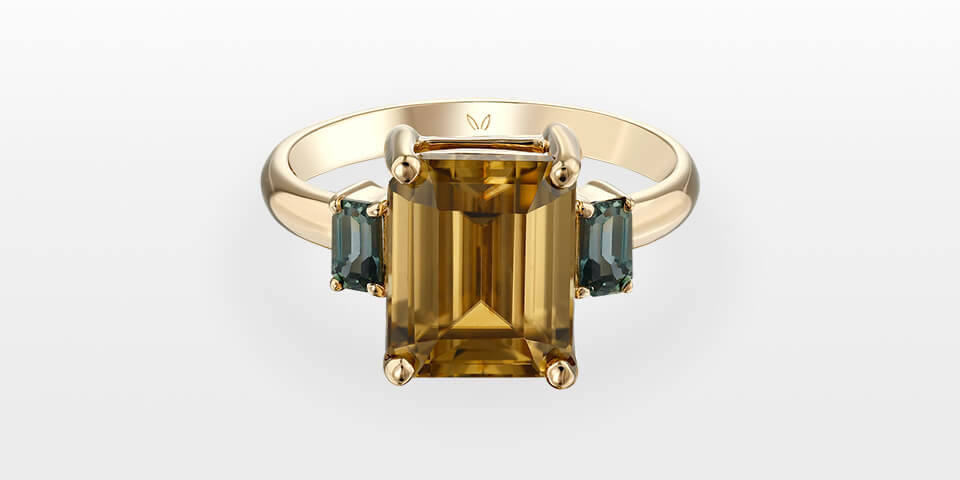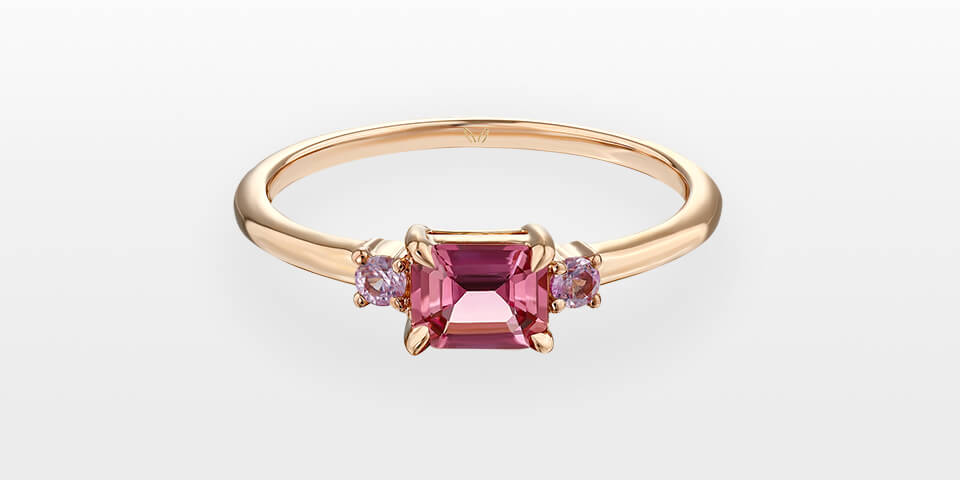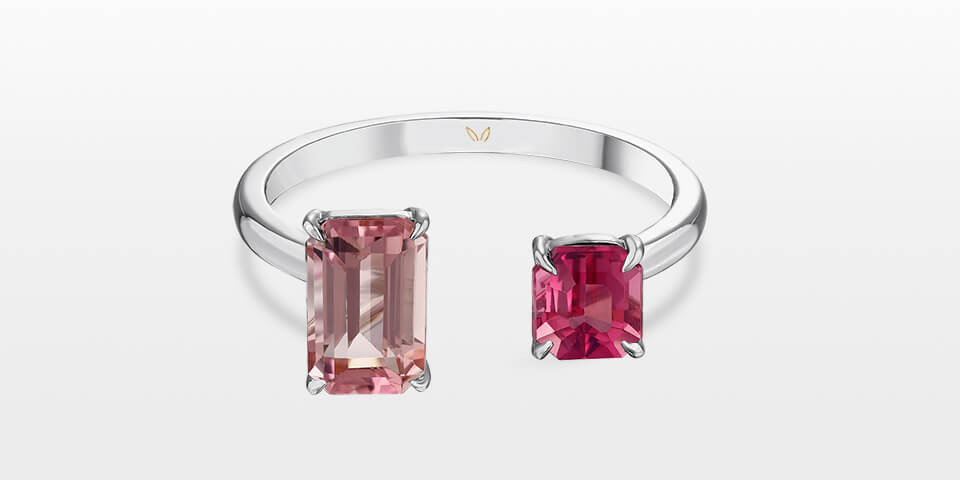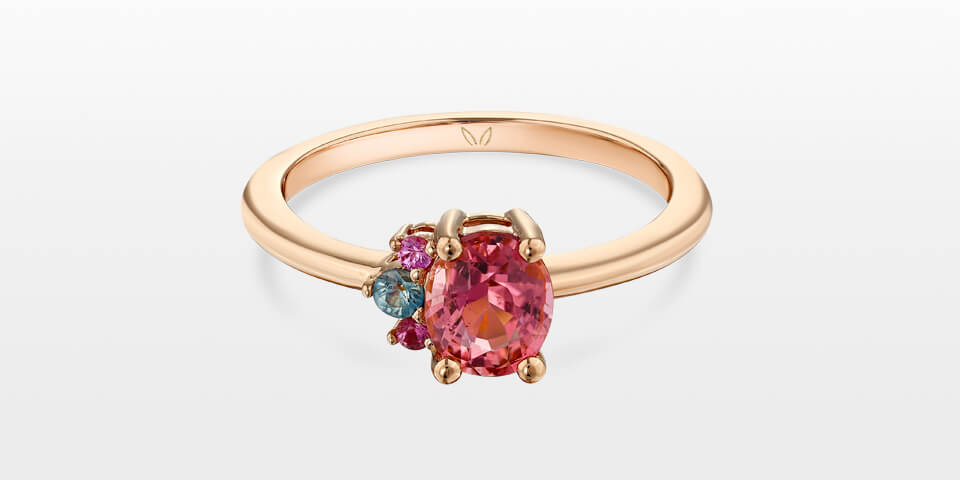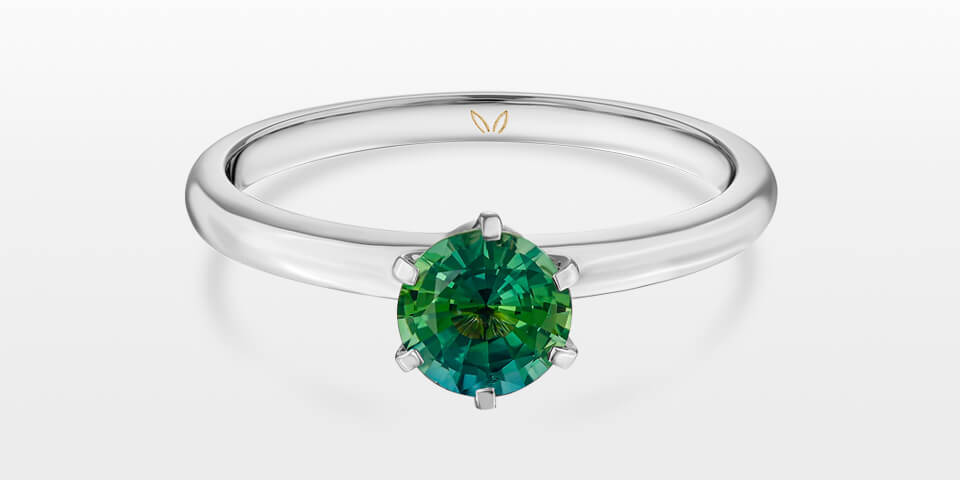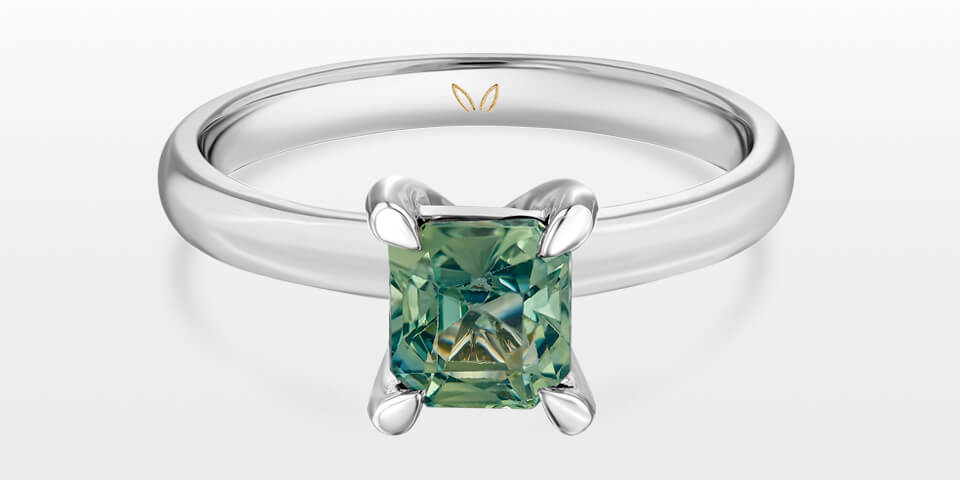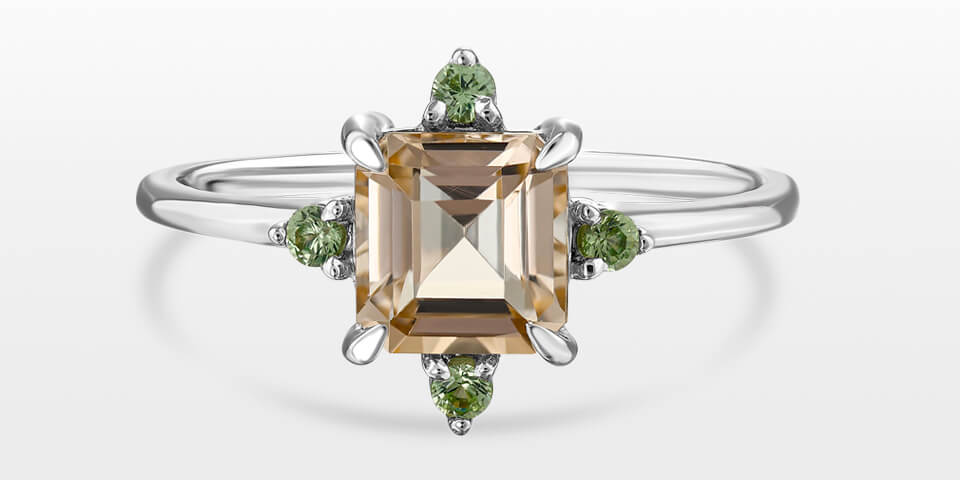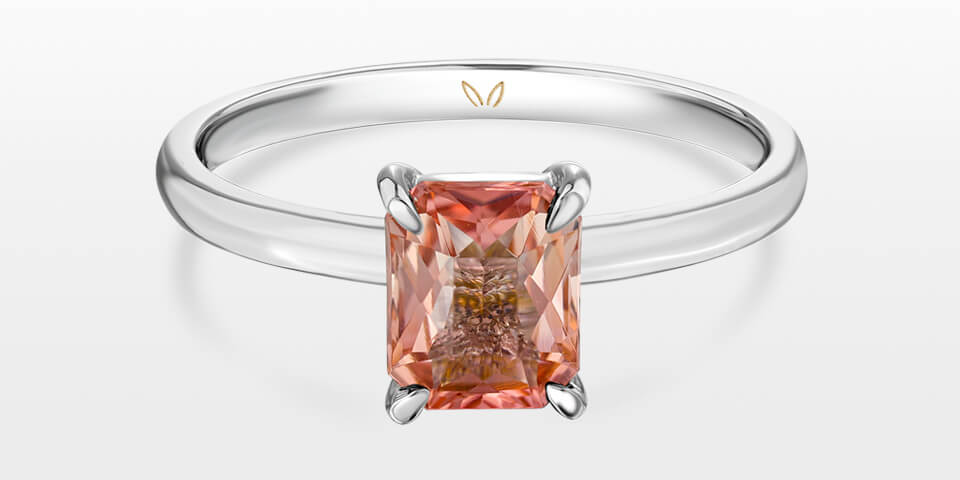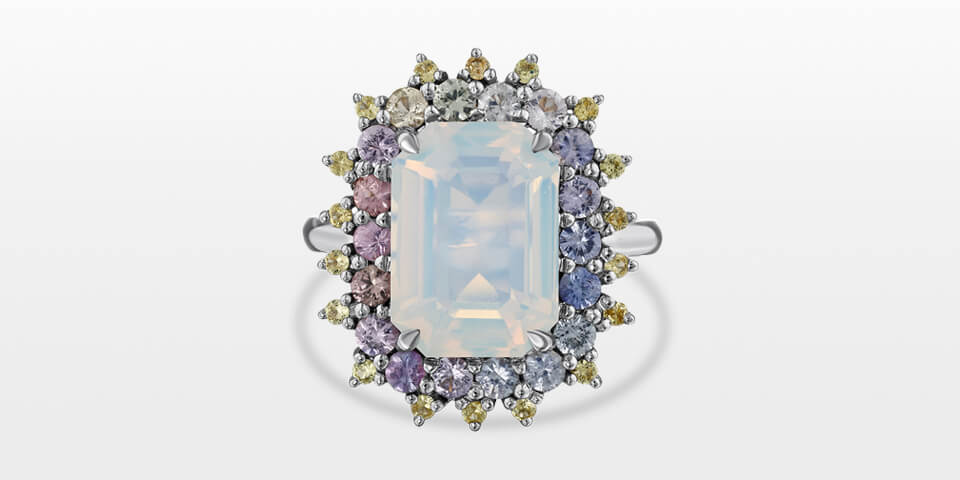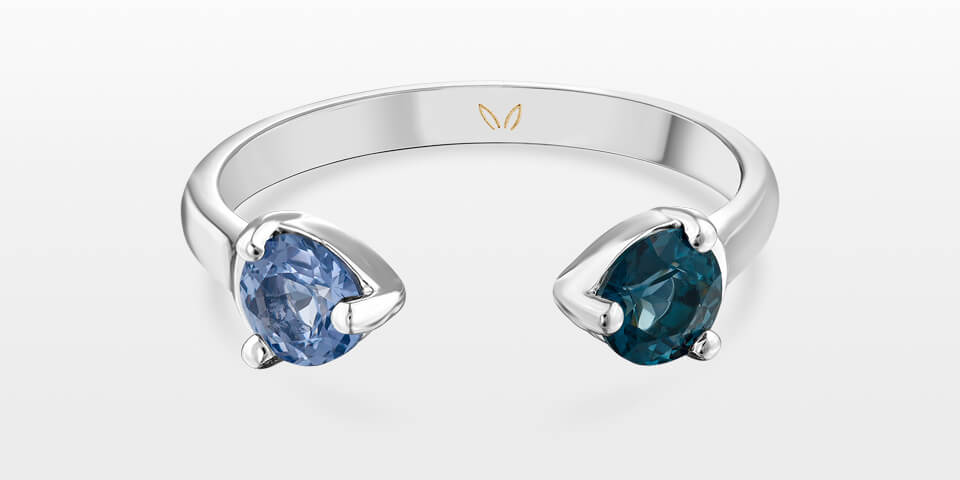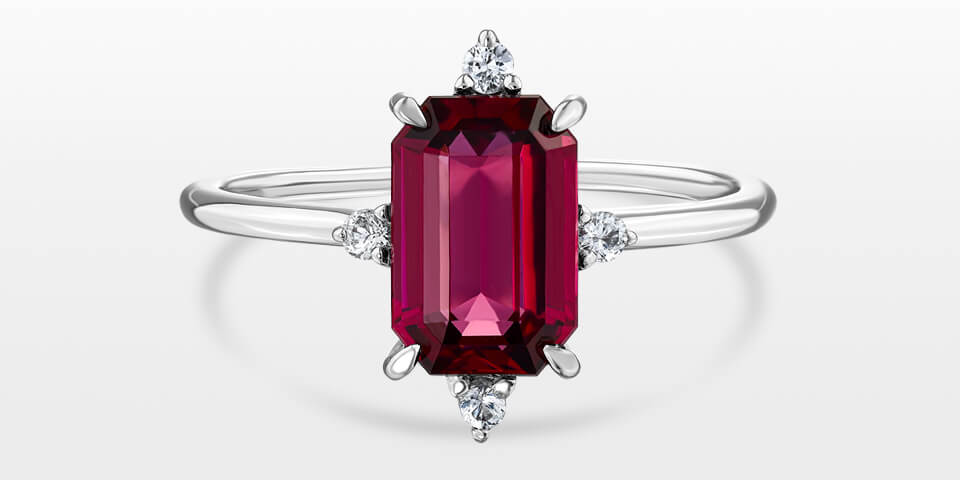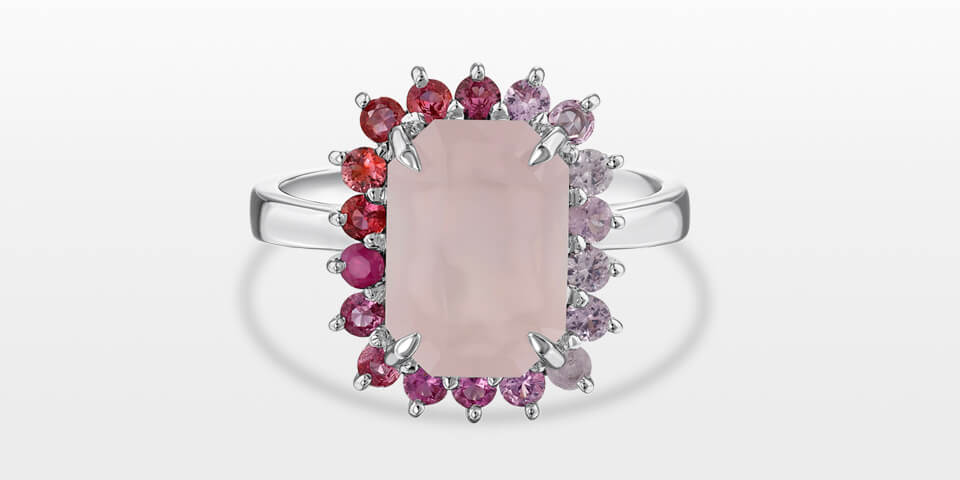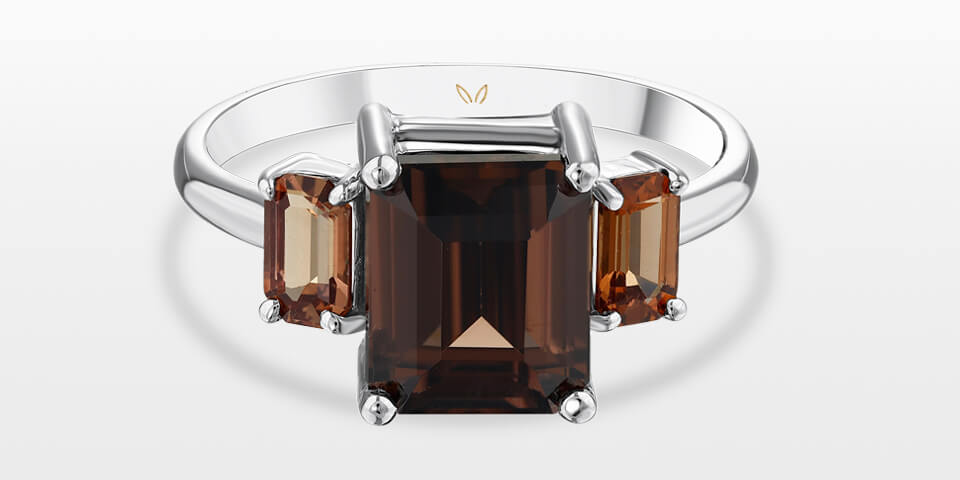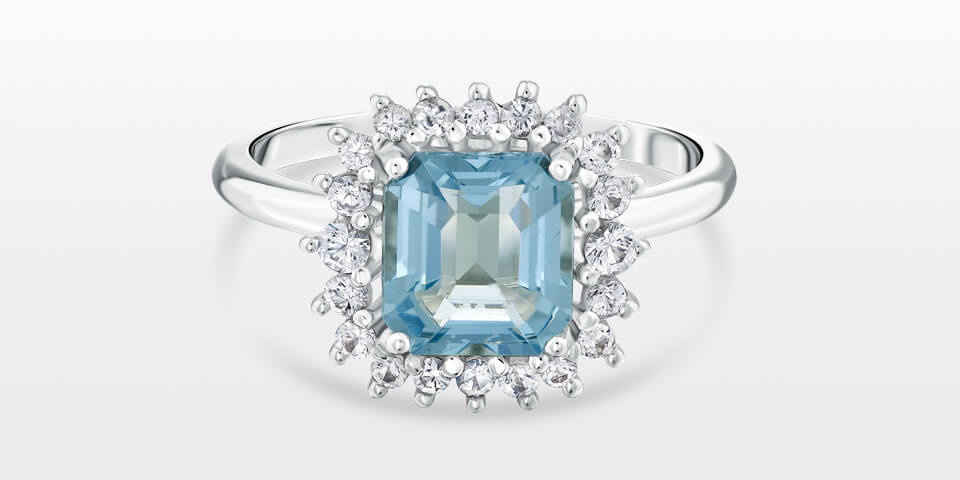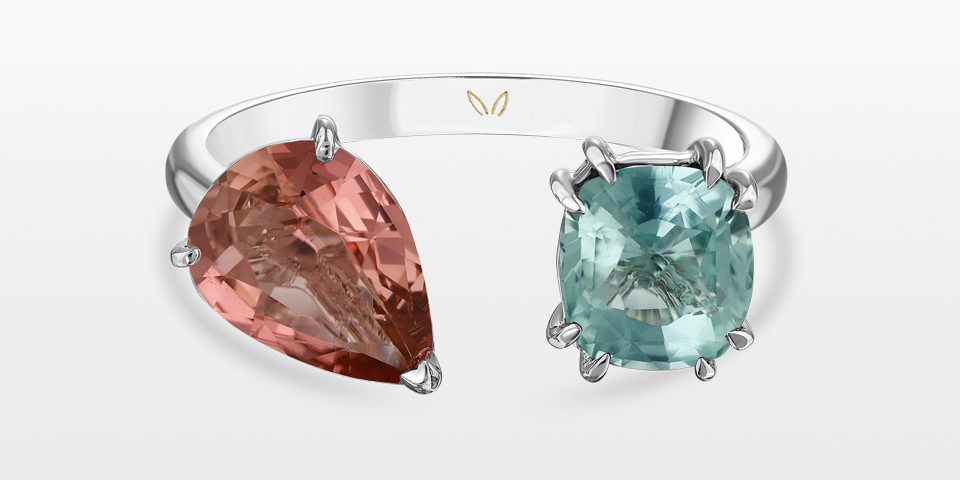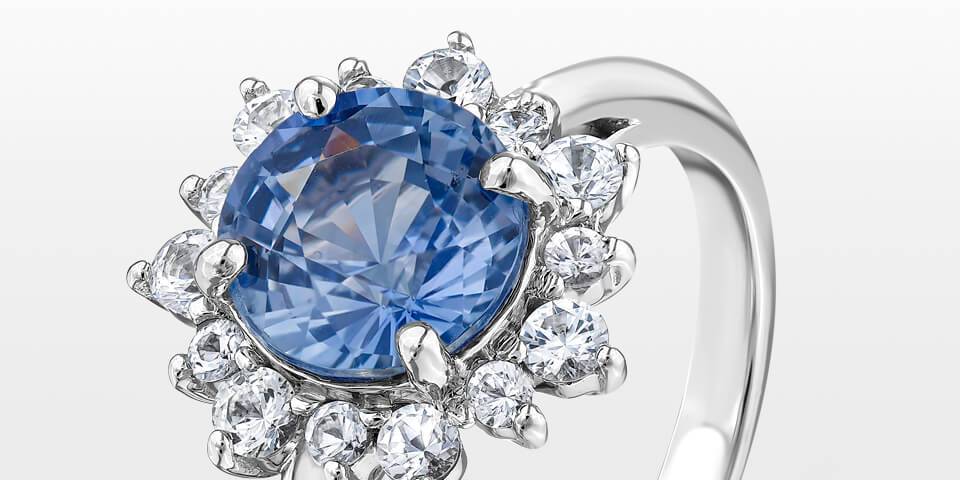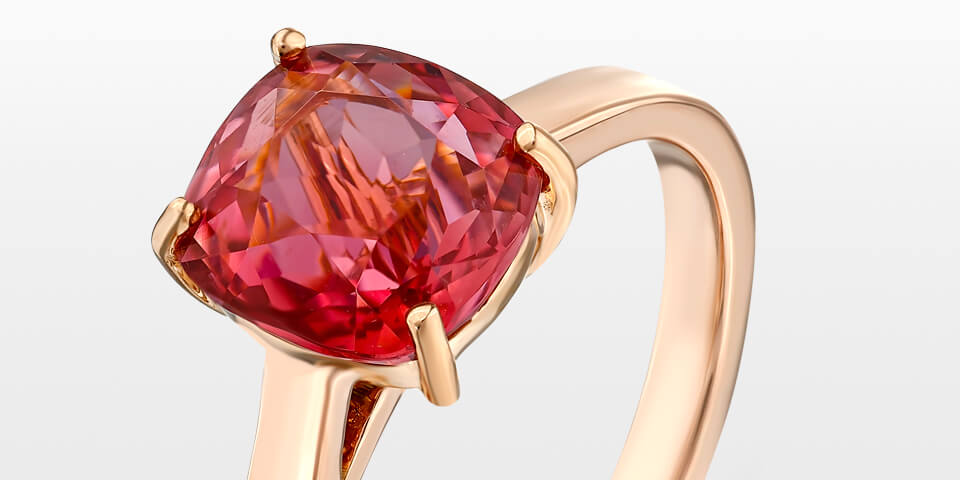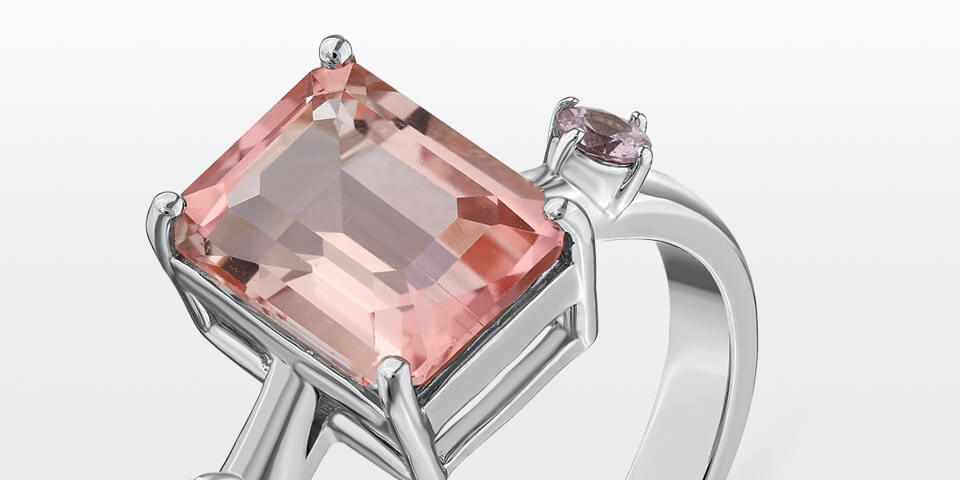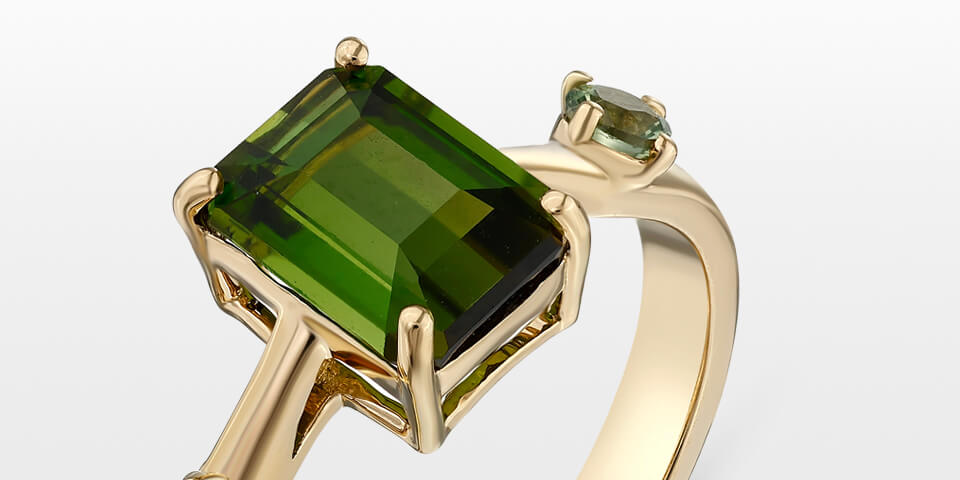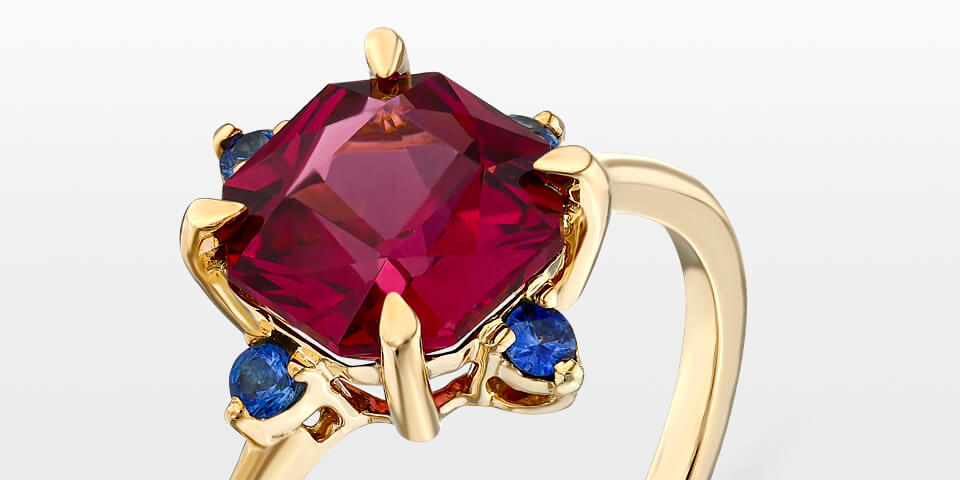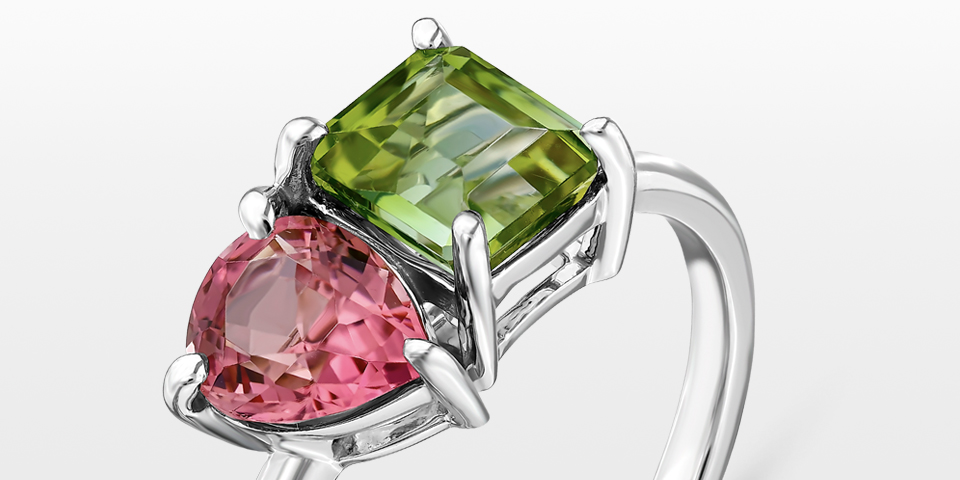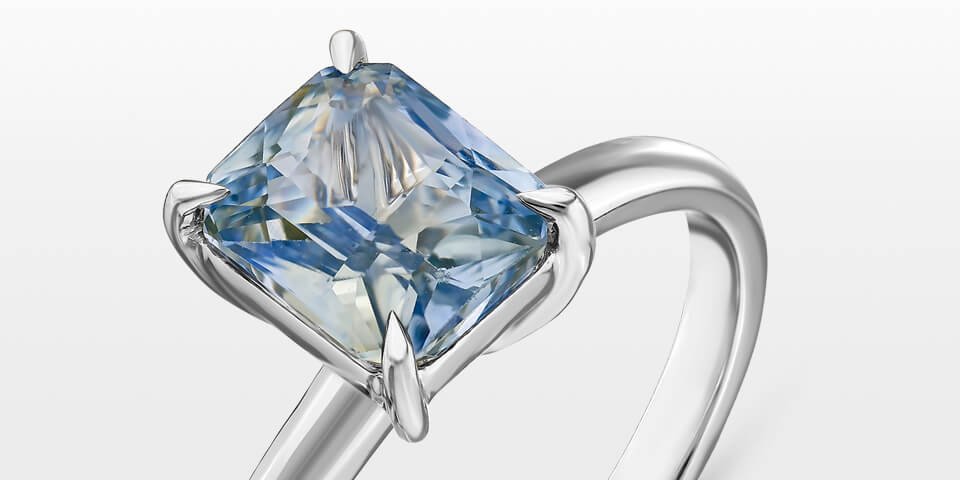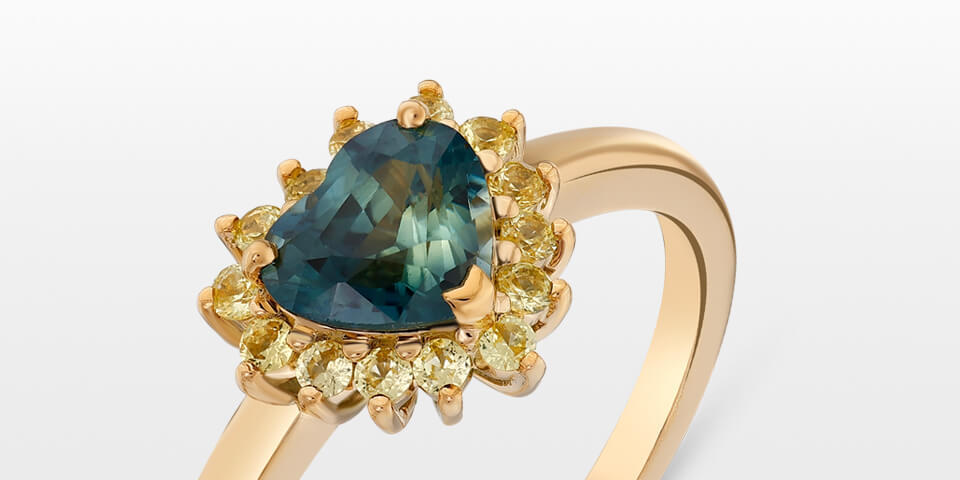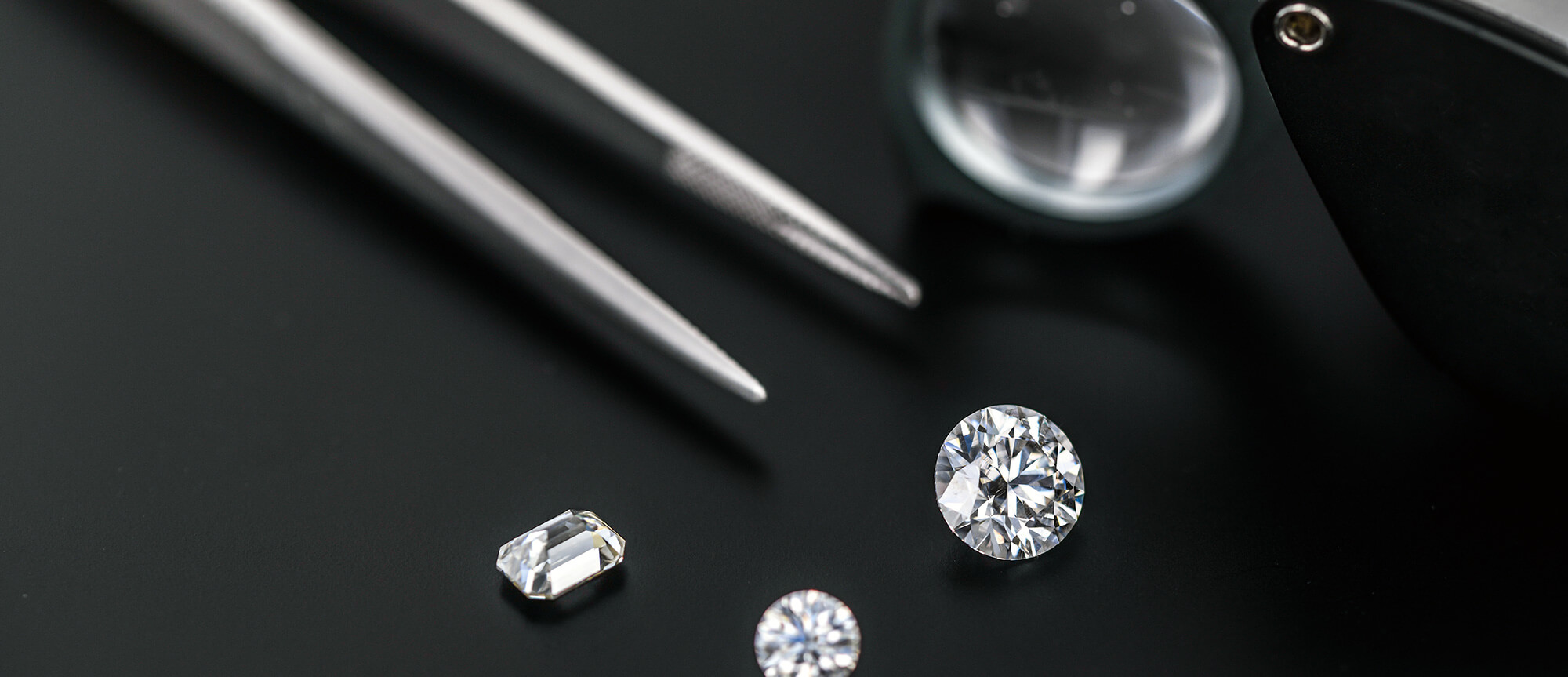
What are the Physical Properties ofGemstones?
A professional gemologist who has been certified by a professional gemological body is consulted when it becomes necessary to identify or value a gem. The gemologist will check the stone's physical and optical characteristics. In this way, they identify it and evaluate its quality. Durability is a crucial gemstone characteristic. The physical characteristics of a gemstone determine its strength, resistance to wear, breakage, and deterioration, as well as the caliber of its color. Keep in mind that even extremely hard gems with good cleavage can crack.
What is the Hardness of Gemstones?
The hardness of the gem—or how easily or difficult it can be scratched—is one of the key factors that determines how long something will last. Since very hard minerals can also be quite brittle, hardness on the Mohs scale does not equate to strength. On the hardness scale, gemstones below a 5 are too soft to wear, and even those at a 6 or 7 will scratch and abrade.
What is Specific Gravity?
The density of a substance is measured in terms of its specific gravity in relation to that of water, which establishes how dense a gemstone is. A mineral with a specific gravity of 2 is twice as heavy as water because it is calculated as the ratio of the mass of the substance to the mass of an equal volume of water. Utilizing specialized balances or liquids that cause minerals below a given specific gravity (SG) to float and those above it to sink, one can calculate specific gravity. However, experts can frequently determine a gem's specific gravity simply by weighing it.
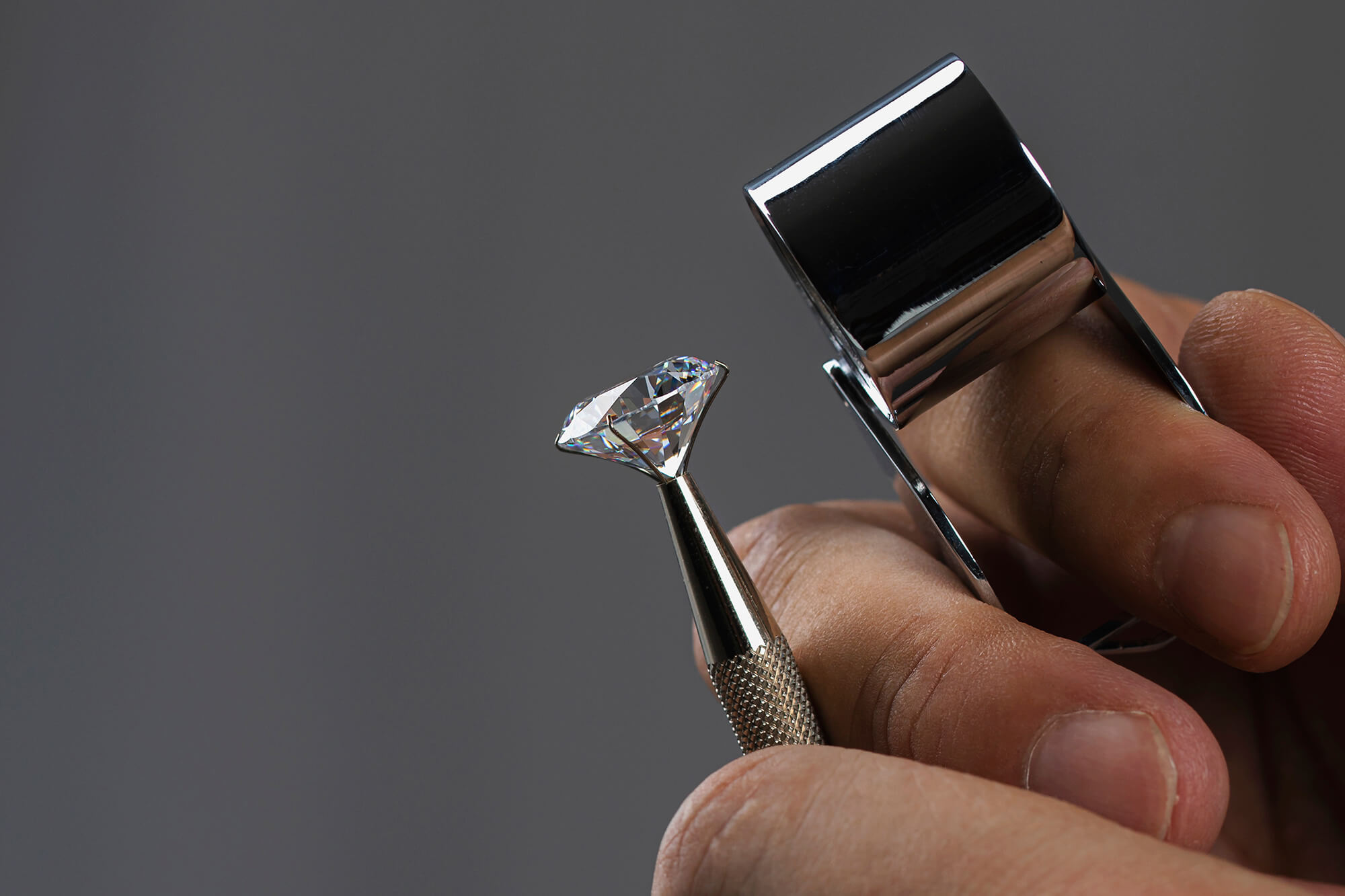
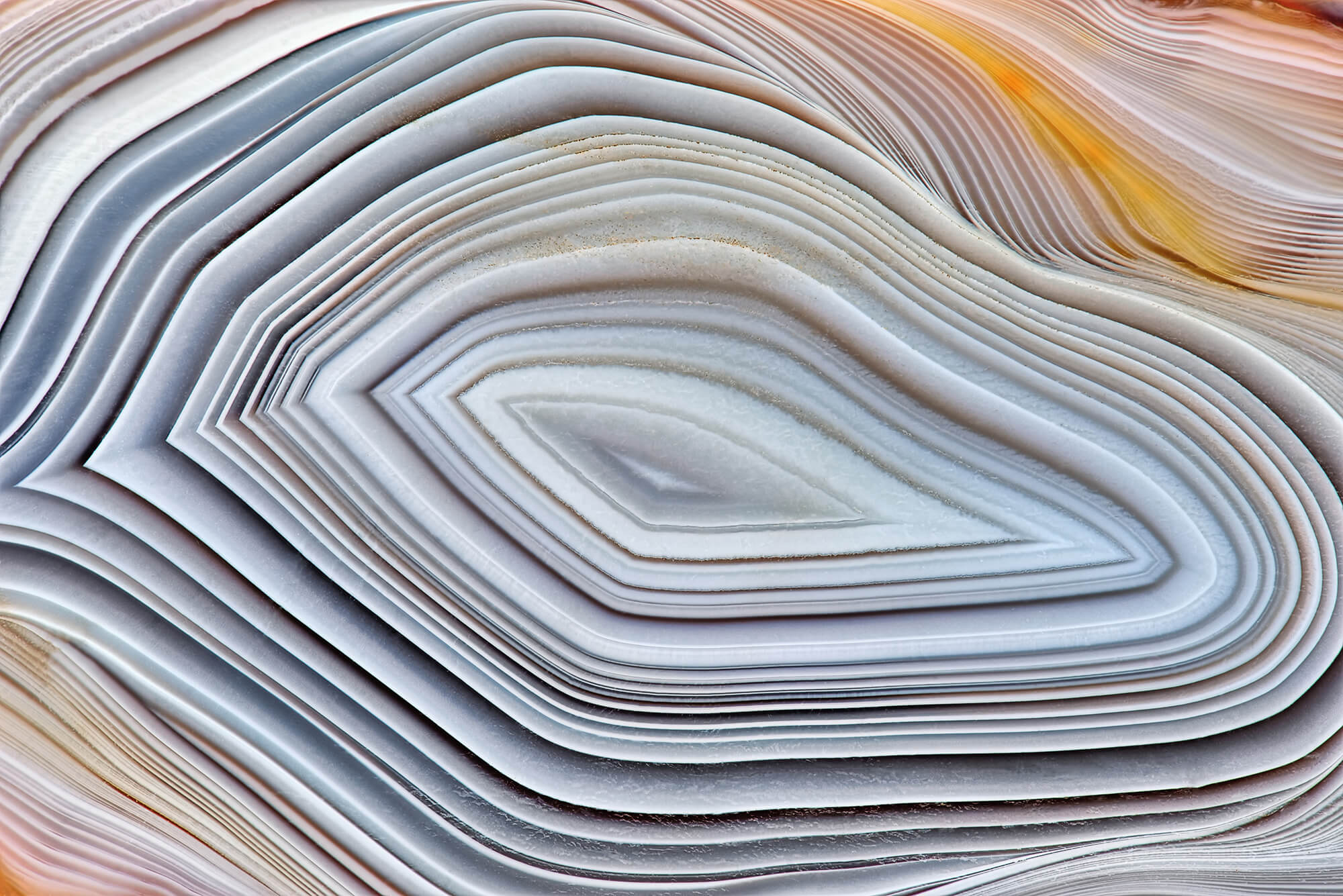
What is the Cleavage of Gemstones?
A mineral's ability to fracture along its atomic layers, where the forces holding its atoms together are weakest, is known as cleavage. Some gems have cleavages that can be easily triggered in one or more directions, meaning that they can break easily with a hard knock. Cleat surfaces frequently have a smooth appearance because they adhere to the atomic planes. The breakage of a mineral along an atomic plane, where the bonds are weakest and where the breakage leaves a flat surface, is known as a perfect cleavage.
What is Streak?
Streak is defined as the color of the powdered mineral as seen by a streak of color left after rubbing a piece of the mineral across a piece of unglazed porcelain. This is useful for identification, especially when dealing with minerals that come in a variety of colors. Minerals' streaks can be more reliable than their colors; in fact, minerals with different color varieties can share the same color streak. Three different color variations of the mineral fluorite are displayed in this example. The purple, orange, and green fluorite specimens would all produce a white streak in a streak test.
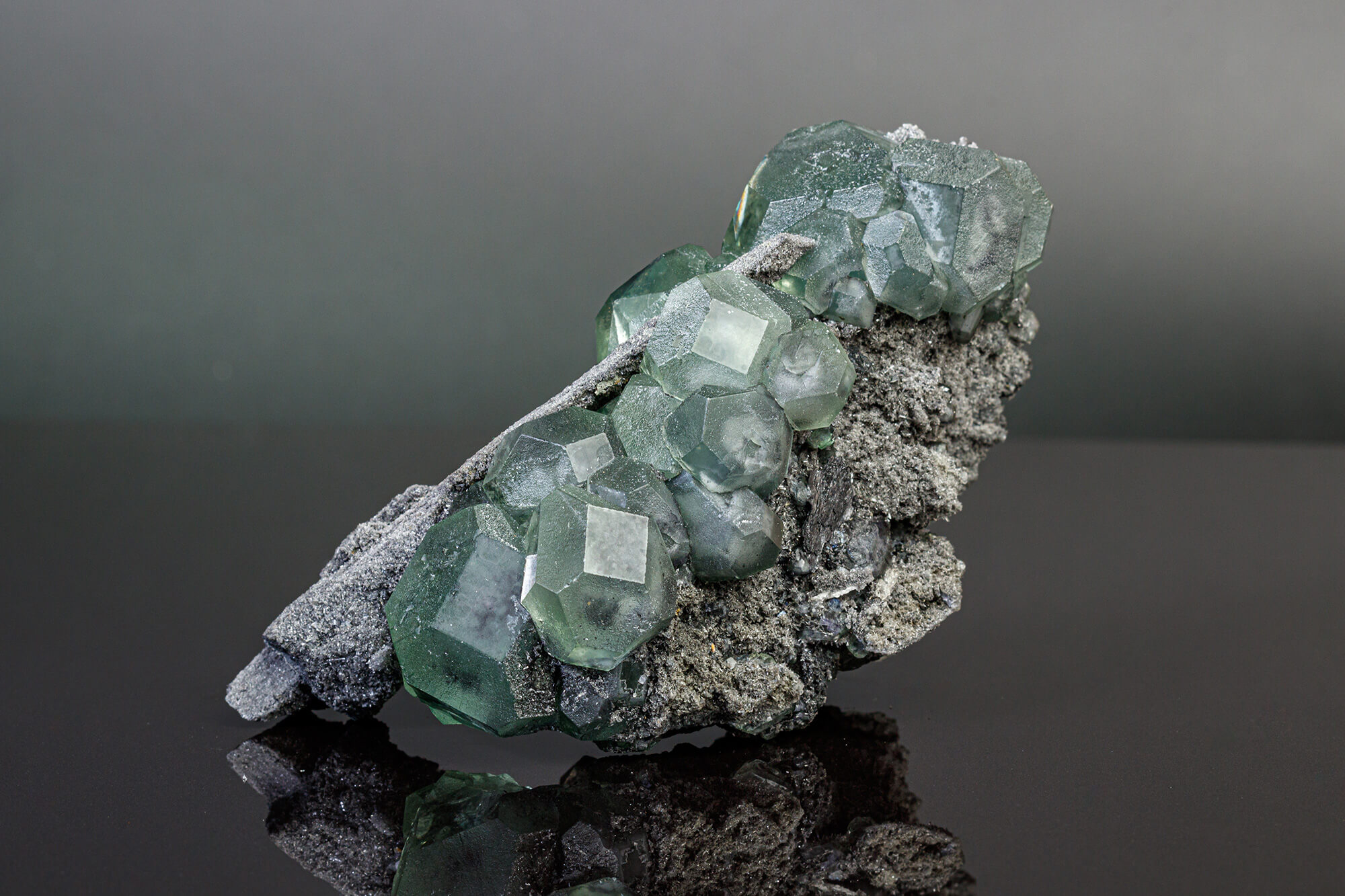
What is Fracture?
Another word for how a mineral deformations is fracture. Although there are no obvious planes of fracture, breakage occurs across the atomic planes of the mineral rather than along them as it does in cleavage. Identification may be aided by a distinctive fracture.
Conchoidal fracture
When there is a conchoidal fracture, the breakage resembles a shell. Obsidian and other gemstones made of quartz and glass exhibit conchoidal fracture.
Uneven fracture
Uneven fracture has a rough and irregular surface, as seen in the chalcopyrite above.
Even fracture
Even fracture has a flat, rough-textured broken surface.
Hackly fracture
An uneven surface with jagged points and sharp edges can be seen in a hackly fracture. It is typical of a few other minerals and broken or torn metals.
